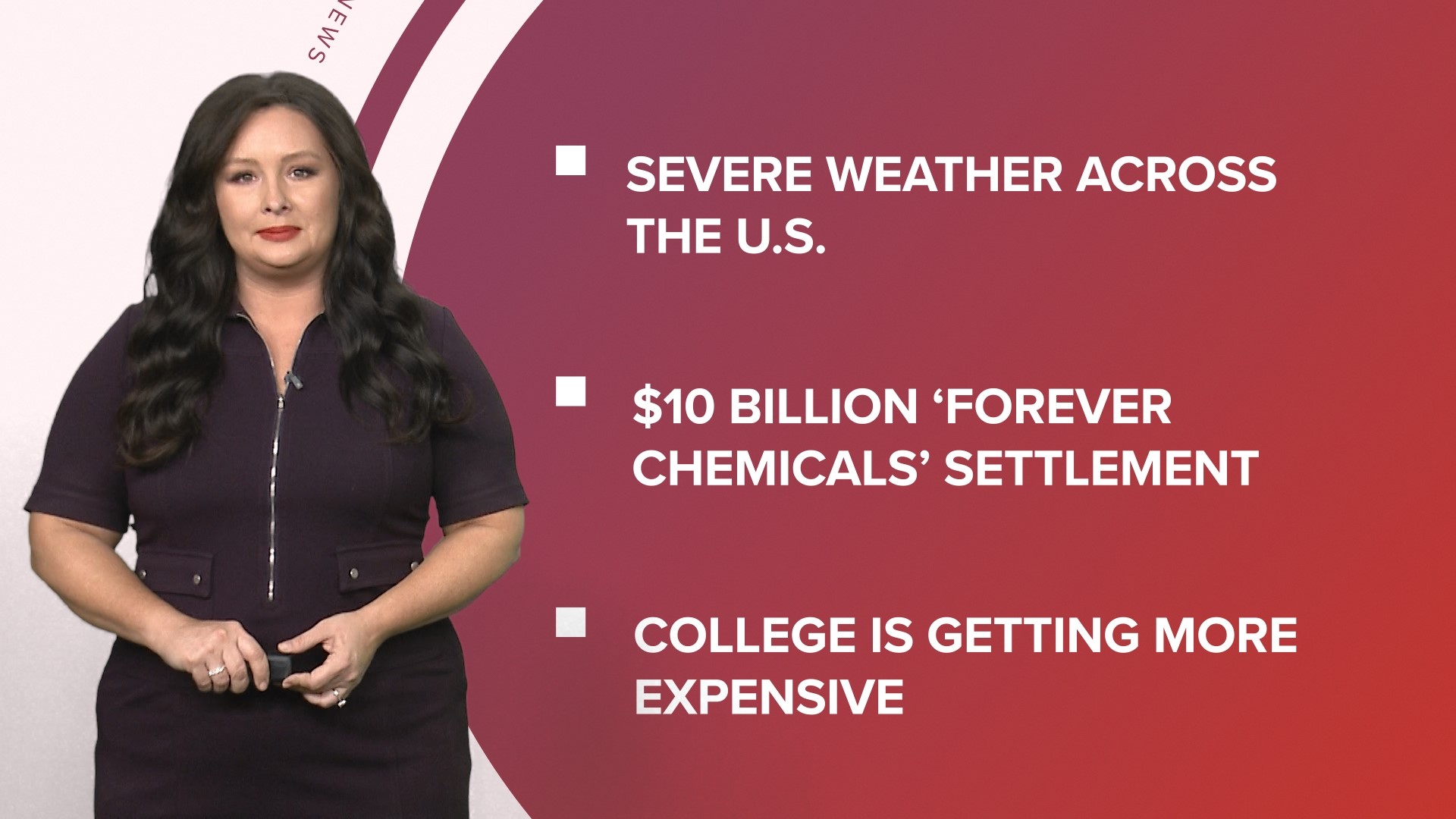SACRAMENTO, Calif — Lost in the hubbub surrounding California's new $20-per-hour minimum wage for fast food workers is how that raise could impact public schools, forcing districts to compete with the likes of McDonald's and Wendy's for cafeteria workers amid a state budget crunch.
The minimum wage law that took effect Monday guarantees at least $20-per-hour for workers at fast food restaurant chains with at least 60 locations nationwide. That doesn't include school food service workers, historically some of the lowest-paid workers in public education.
Yet demand for school meals is higher than ever in California, the first state to guarantee free meals for all students regardless of their family's income. And demand is projected to fuel an increase of more than 70 million extra meals in California schools this year compared to 2018, according to the state Department of Education.
But these jobs typically have lots of turnover and are harder to fill. The minimum wage boost for fast food workers could make that even more difficult.
“They are all very worried about it. Most are saying they anticipate it will be harder and harder to hire employees,” said Carrie Bogdanovich, president of the California School Nutrition Association.
Statewide, some districts have already taken steps to compete in the new reality. Last year, the Sacramento Unified School District — anticipating the law's passage — agreed to a 10% increase for its food service workers and other low-paying jobs, followed by another 6% increase July 1 of this year to bump their wages up to $20 per hour.
Cancy McArn, the district's chief human resources officer, said it was the largest single raise in the district in nearly three decades.
“We are looking not only at competing with districts and comparing with districts, we're also looking at fast food places,” McArn said.
In Southern California, San Luis Coastal Unified doubled its food service staff to 40 people after seeing a 52% increase in the number of students eating school meals. The district prepares 8,500 meals daily for 7,600 students across 15 school sites — breakfast, lunch and even supper options for youth in after-school sports and activities.
The district has since limited the number of its entry-level positions, which are the hardest to fill, while seeking to hire more for complex roles like “culinary lead” and “central kitchen supervisor” that require more skills and hours — making them more attractive to job seekers.
“That’s allowed us to be more competitive,” said Erin Primer, director of food and nutrition services for the San Luis Coastal Unified School District.
Tia Orr, executive director of the Services Employees International Union California — which represents both school food service workers and fast food employees — said school districts and other service industries must consider raising wages because of this new law.
“This is a good thing, and it is long overdue,” she said.
But some districts are limited in what they can do. In the Lynwood Unified School District in Los Angeles County, the starting salary for food service workers is $17.70 per hour and maxes out at $21.51 per hour, according to Gretchen Janson, the district's assistant superintendent of business services. She said these workers only work three hours per day, meaning they aren't eligible for health benefits.
Janson says the district is waiting to see how employees react, adding: “We just don't have the increase in revenue to be able to provide additional funding for staff.”
Nuria Alvarenga has worked food service in the Lynwood School District for 20 years. She makes $21 per hour now, but said she could likely earn more in fast food.
While she said several co-workers were considering finding other jobs, she hasn't decided yet what she will do. She normally works at an elementary school, but has been filling in recently at a high school where she enjoys seeing former students recognize her as they stand in line for lunch.
“I'm so glad they still remember me,” she said.
School food service workers have gotten more support in recent years under a state push to expand school meals and make them more nutritious. That included $720 million in recent years for upgrades to school kitchens to better prepare fresh meals, plus $45 million to create an apprenticeship program to professionalize the industry.
It would be difficult for lawmakers to mandate a raise for school food workers given the complexities of the state's school funding formula. That's why some advocacy groups, including the Chef Ann Foundation, proposed a state-funded incentive program that would have given school food workers who completed an apprenticeship program a $25,000 bonus payable over five years.
That idea didn't make it into Democratic Gov. Gavin Newsom's budget proposal released in January. The state is facing a multibillion dollar budget deficit, limiting new spending.
But pay raises aren't the only incentives school districts can offer. There's also health insurance, paid vacation, no night or weekend shifts and a pension that could guarantee a monthly income after retirement. Plus, school food workers have predictable hours, letting them work other jobs if they wish — or in summer when school is out.
“Restaurants are laying off employees. They're cutting hours,” said Eric Span, director of nutrition services for the Sweetwater Union High School District in San Diego County. “I think we should position ourselves to really talk about some stability.”
Michael Reich, a labor economics professor at the University of California-Berkeley, said those factors could favor school districts when competing for workers.
“Working in a school cafeteria gives you more stability, job security and maybe less stress than in a profit making institution,” he said. “So there's a lot of advantages from a community standpoint. But that's not to say they don't also want to get more money.”
WATCH ALSO:



















